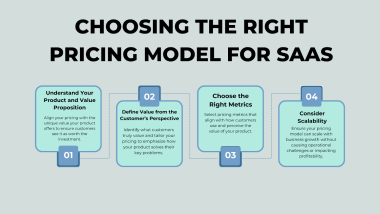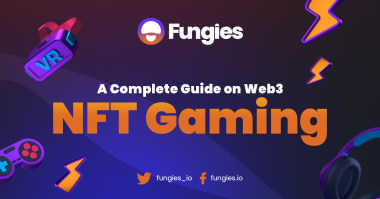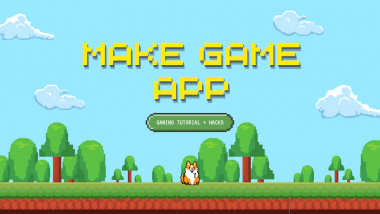Solo SaaS developers face unique funding challenges that require strategic approaches beyond traditional venture capital paths. The rise of specialized funding alternatives and AI-powered tools has created new opportunities for independent founders to secure investment while maintaining creative control and ownership of their vision.
Key Takeaways
- Clear problem-solution articulation is essential when pitching to investors as a solo developer
- AI tools can enhance market analysis and investor presentations with data-driven insights
- Alternative funding methods like bootstrapping and indie-friendly investors offer more flexibility than traditional VC
- Early networking with potential investors builds credibility and trust before formal pitching begins
- Strategic partnerships can help extend market reach without requiring additional overhead costs
Crafting an Investor-Ready Pitch as a Solo Developer
When approaching investors as a solo founder, you need to address the “solo founder risk” directly. I’ve found that emphasizing your unique technical expertise and ability to execute independently can turn this perceived weakness into a strength.
Start by clearly defining the problem your SaaS solution addresses. Focus on demonstrating problem-solution fit with specific examples of how your product provides scalable, long-term value to customers in underserved markets.
Investors look for traction and growth potential, so prepare your critical metrics. Include data on:
- Customer acquisition cost (CAC)
- Monthly churn rate
- Lifetime value (LTV) of customers
- Month-over-month growth
The scalability of your technology stack matters greatly to investors. Highlight how your backend architecture can support rapid growth without requiring proportional increases in development resources—a key advantage for solo developers.
Harnessing AI Tools for Fundraising Success
AI tools have transformed the fundraising landscape for solo developers. I’ve seen founders leverage AI for comprehensive market analysis that identifies opportunities traditional research might miss.
Use AI-powered analytics to understand market trends and customer behaviors. This data-driven approach shows investors you’re making informed strategic decisions rather than relying on intuition alone.
When preparing pitch materials, AI can help optimize your presentation with:
- Data visualizations that highlight growth potential
- Predictive analytics showcasing future revenue scenarios
- Competitive analysis identifying your unique market position
Customer feedback analysis using AI demonstrates your commitment to product improvement. Showing investors how you systematically collect and implement feedback builds confidence in your ability to create product-market fit.
Alternative Funding Paths for Independent Founders
The bootstrap approach remains a viable path for many solo SaaS founders. I recommend maintaining your day job while working on your product during off-hours until you reach a sustainable revenue level.
This approach preserves your equity and decision-making freedom. While it may slow initial growth, bootstrapping often leads to more sustainable business models focused on profitability rather than rapid scaling.
Several funding options cater specifically to independent developers:
- Indie.vc and Calm Fund offer investment without demanding rapid growth
- Revenue-based financing provides capital based on future revenue share
- Micro-SaaS focused accelerators provide both funding and mentorship
- Community-based funding through platforms like Republic or WeFunder
Strategic partnerships can function as an alternative form of funding. By partnering with complementary SaaS products, you can expand your reach and resources without diluting equity.
Building Network Capital Before You Need Funding
Start building investor relationships long before you need capital. I’ve observed that solo founders who engage with potential investors early in their journey receive more favorable terms when they eventually seek funding.
Attend industry events and specialized SaaS conferences to build your network. Focus on making authentic connections rather than immediate pitches—investors value relationships built on genuine shared interests.
Consider these networking approaches:
- Join SaaS founder communities like Indie Hackers or MicroConf
- Participate in relevant online forums where investors are active
- Create valuable content showcasing your expertise
- Offer to help others before asking for assistance
Document your journey publicly through a blog or social media. This creates a transparent track record that investors can review to understand your thought process and execution abilities.
Leveraging AI-Driven Fundraising Platforms
Modern fundraising platforms use AI to match founders with appropriate investors. These tools can analyze your business model and connect you with investors who have funded similar ventures.
AI-powered investor outreach tools help personalize communications at scale. This allows you to maintain meaningful conversations with multiple potential investors simultaneously without sacrificing personalization.
Some of the most effective AI fundraising tools offer:
- Investor matching based on industry, stage, and investment criteria
- Automated follow-up systems that maintain engagement
- Pitch optimization suggestions based on successful funding rounds
- Due diligence preparation assistance
Data-driven valuation models provide objective benchmarks for your fundraising discussions. Having AI-backed valuations strengthens your position during negotiation and demonstrates your sophisticated approach to business development.
Final Thoughts on Solo SaaS Fundraising
As a solo SaaS founder, your funding strategy should align with your broader business goals. I recommend considering whether external funding truly serves your vision before pursuing investment.
Your independence as a solo developer can be your greatest asset. The funding landscape has evolved to offer more founder-friendly options that respect this independence while providing the capital needed for growth.
Remember that fundraising is just one aspect of building a successful SaaS business. Maintaining focus on creating customer value throughout the fundraising process will serve you well regardless of which funding path you choose.
Sources
callin.io – Can a Solo Developer Build a SaaS App?
f22labs.com – How to Launch a Startup Alone and Thrive in 2025






